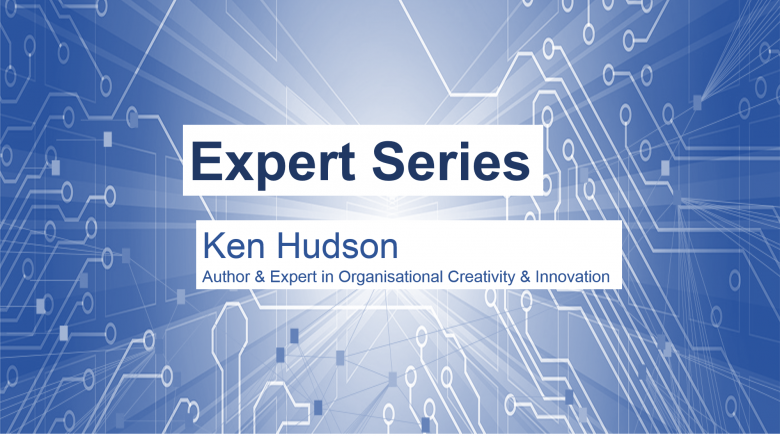Digitising The Customer Experience To Create A Better Enterprise

The goal of any enterprise is to stay attuned to what customers want and position yourself well to deliver it. If you're constantly aware of consumer demand, you can adjust your business model on the fly and continuously give people the products and services they're looking for. This will ensure that the revenues keep flowing.
These days, one of the best way to achieve that goal is through digitisation. Replacing analog processes with digital ones. This means digitising back-office workflows and resource planning and in modernising existing IT architectures. Companies tend to focus on internal cost and process efficiencies here, but the real growth is around innovation in sales and the customer experience.
Increasingly, we're starting to see organisations realign their strategies to make digitisation in these areas a greater priority and it's paying off.
The new secret to customer engagement
There's a wealth of data out there reflecting who consumers are and what they want, but much of it is disjointed, disorganised and poorly defined. One of the keys to success in 2017 is having analysts or effective business intelligence tools that understand how to clean up data and make it accessible so everyone in the office can learn from it.
The rise in digital channels has also resulted in the number of consumer touchpoints growing in volume and complexity. With the emergence of cross-device platforms, including desktop, tablet and mobile, the need to understand the customer journey and develop the user experience on these devices is important.
The challenge for the digital marketer and user experience professional is to measure these touch points – and to understand that the complexity around multi-channel user experiences is dynamic and constantly changing. Organisations need to embed customer journeys into their operating models by identifying the journeys in which the organisation excels, and building cross-functional processes to redesign and support the customer journeys on digital platforms.
The ultimate goal is to redesign your customer experience in such a way that engaging with your brand will enrich people's lives. This is a complicated long-term process, but it's hard to deny that data is at the centre of it. Our recent article around Amazon Go and their smart use of digital, Internet of Things (IoT) and mobile technology is revolutionising the way consumers shop for groceries in the USA, where customers no longer have to wait in line again, they simply use an app, enter the store, take the products they want and leave. No lines, no checkout!
Why data analysis matters now more than ever
Lack of integration between functions across an enterprise can lead to multiple customer handoffs, long turn around times for quotes, missed delivery dates and a proliferation of unnecessary technologies. Those that lead in digitisation do it differently. They use automated decision support processes and intuitive business intelligence tools to link finance, accounting, ERP systems with customer, sales and order data to create a 360 degree view of the customer across the business. This provides transparency into the sales pipeline among other operations to assist with resource and delivery planning. McKinsey's research shows that only 15% of B2B companies believe they have a complete view of their customers, versus 20% of consumer companies. So there's obviously much work to be done in better using BI.
Top performing companies are using advanced analytics to improve their insights and deploy tools that help marketing and sales understand what offers, content and services will hit the right notes with key segments. Employing rapid prototyping for BI application development is also important to transform speed to market, it also teaches the right innovation behaviours across the enterprise.
A digital approach leads directly to profit
If organisations are focusing on digitising sales and customer experience it stands to reason that this should lead to improved customer engagement and better sales close rates. However, it's actually more concrete than that, customer experiences delivered online can turn dissatisfaction or indifference into delight which creates long-term brand fans. This will result in an increase of advocates who are both vocal online and offline and who have been proven to produce up to 8 times their own lifetime value in a B2B context. The ROI in a B2C context is even greater. While McKinsey found in October 2016 that B2B digital leaders on average drive five times more revenue growth than their peers. Sustained revenue growth is the reward for such firms that can master the digital customer journey.
In light of this it makes sense that enterprises moving forward will increasingly realign strategies to make digitisation a greater priority, while jointly empowering all staff in better use of data and advanced analytics. Adopting an end-to-end analytics solution, such as Qlik's business intelligence platform, is a great step toward making this possible.




